Yearly Decluttering Checklist

You’re not alone if you’ve ever let the clutter in your home get out of control. This is all too easy, as basic responsibilities, work, and family commitments can make decluttering difficult. However, it’s much easier if you stick to an ironclad yearly decluttering checklist.
To start your decluttering checklist, deep clean your home to see which areas are most problematic. From there, you can map each room out and think about which items are worth keeping. Move from room to room, emptying the drawers, cabinets, and closets to ensure you get to everything.
You can use this chance to donate, sell, or throw away items you simply won’t use anytime soon. This can take a while, but it’ll be easier if you stick to a routine decluttering schedule. Follow along as we explore everything that should be on your yearly decluttering checklist.
Six Annual Decluttering Tips
Yearly decluttering isn’t fun, but it is well worth the time and trouble. However, it will only work if you attack your decluttering chore with a plan. Your yearly decluttering checklist should include several important criteria, such as:
1. Deep Clean Your Home
Decluttering is easier to do after you give your home a thorough deep cleaning. Not only will your house be clean, but activity will also remind you where everything is. During the process, you can take mental notes of where certain items are and categorize them in your head.
If it helps, you can even take pictures on your phone and make a list of items you’re on the fence about. You can also throw away small items you don’t need anymore while cleaning your house. There’s a good chance you’ll fill a trash bag or stack a donation pile while cleaning.
2. Set Decluttering Goals
Your reason for decluttering can affect what stays and what goes. For example, you’ll probably want to get rid of many items if you’re downsizing to a smaller home and won’t have space. Defining your motivation can help you categorize your belongings and rank them based on practicality, purpose, and sentimentality.
If you’re decluttering to simplify your life, it’s worth thinking about how essential each item is that you come across. For example, you may have old dish sets and silverware that are past their prime and take up a lot of space. That’s especially true if you’re currently an empty nester, in which case, you probably don’t need the extra stuff.
Figuring out why decluttering is necessary can inform your process, timeline, and method. It’s also worth putting items into a few categories: sell, donate, and pitch. That way, you can quickly look at your belongings and sort them into piles depending on where they’ll go, whether it be the trash or Goodwill.
3. Map Your House Out
Upon defining your goals, map out your house in your head and divide it into areas. That way, you can find a starting point and establish an easy workflow before decluttering. There’s no ironclad way to map out your house, but it helps to pick a floor or a room and work outward from there.
In a two-story home, you can start from the left corner on the first floor. From there, you can move across the hall to the next room and repeat the process in that pattern as you finish each room. This is just one example, but it ultimately depends on your preferences and your home’s layout.
However, you may prefer starting with the most challenging rooms, which typically include the kitchen and bathroom. That way, you can get them out of the way and move on to rooms that aren’t so densely packed. No matter what route you take, it’s important to stick to the plan and stay organized.
4. Make A Mess (Temporarily)
It may seem counterintuitive, but making a mess while decluttering is more helpful than it seems. After all, decluttering a drawer is much easier if you remove all its contents and examine them. You shouldn’t empty the contents of each drawer and cabinet in a single room at once, however.
Instead, start with a clean room, then empty a drawer or cabinet, go through it, and categorize the contents. Once you’re done, you can organize the items you plan to keep and put them back in the drawer. From there, you can move on to the next drawer or cabinet and repeat the process until you complete the room.
Visualizing your belongings in this context highlights the importance of decluttering in the first place. It makes deciding what’s worth keeping much easier, even if it makes a mess for five minutes at a time.
5. Pay Special Attention To Seasonal Items
You’re not alone if you struggle to part with seasonal items, such as winter clothes and decorations. It’s easy to let these items pile up, since you only use them for part of the year. Because of that, you may not think about whether they’re worth keeping until next year.
Sentimentality can get in the way when decluttering seasonal items, but it doesn’t have to. There’s a good chance that you haven’t even used many of your seasonal decorations and sweaters in the past few years. In that case, you must be honest with yourself and think about whether they’re worth keeping or not.
After going through them, it’s worth organizing the seasonal items you plan to keep. For example, you can dedicate a corner of your closet to winter clothing that you only wear for part of the year. Similarly, it’s worth tucking winter holiday decorations in your attic or storage room after getting rid of items you don’t need anymore.
6. Learn From The Process
Throughout your yearly decluttering process, there’s a good chance you may regret letting things get so cluttered. That doesn’t mean you messed up or are disorganized. However, you can make next year’s decluttering endeavor easier if you apply what you learned this year.
Remember what areas were hardest to declutter, and treat them differently. Even simply thinking twice before throwing something in a drawer can save you some time and trouble later on. If possible, try to keep your drawers and cabinets looking the way they did when you finished decluttering.
It’s also worth investing in totes and shelves to store and organize your belongings. To avoid feeling overwhelmed, instead of decluttering yearly, it’s worth inspecting your drawers, cabinets, and closets monthly. That way, you can declutter in small spurts instead of decluttering your whole house once a year.
Summing It Up
Your yearly decluttering checklist should start with a deep cleaning, so you can see how bad the problem is. From there, set decluttering goals and move from room to room, getting rid of items you no longer need. Sort the unnecessary items into categories, such as sell, donate, and discard, so you know what to do with them.
Related Guides:

Nick Durante is a professional writer with a primary focus on home improvement. When he is not writing about home improvement or taking on projects around the house, he likes to read and create art. He is always looking towards the newest trends in home improvement.
More by Nick Durante











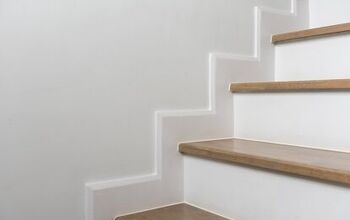
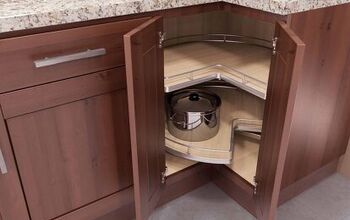

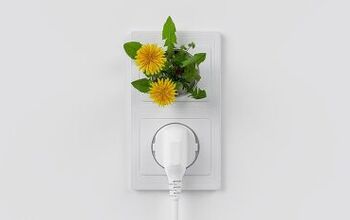

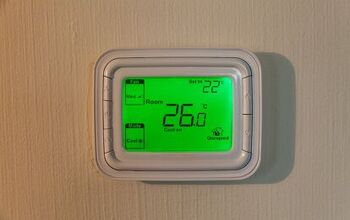
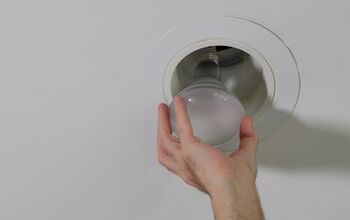
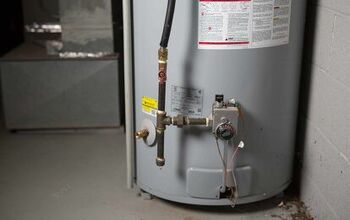




![Standard Dining Room Table Dimensions [for 4, 6, 8, 10 and 12 People]](https://cdn-fastly.upgradedhome.com/media/2023/07/31/9074335/standard-dining-room-table-dimensions-for-4-6-8-10-and-12-people.jpg?size=350x220)



